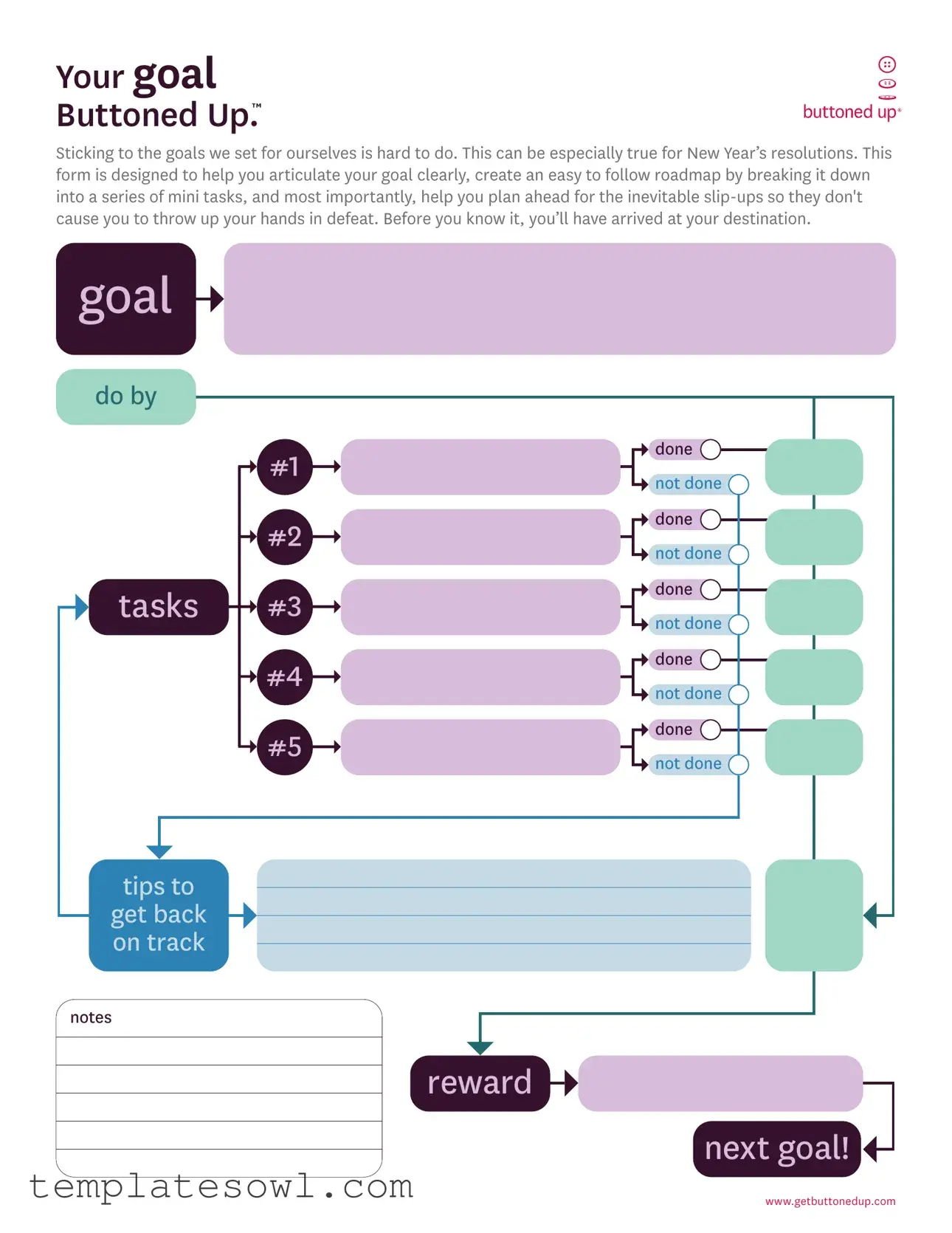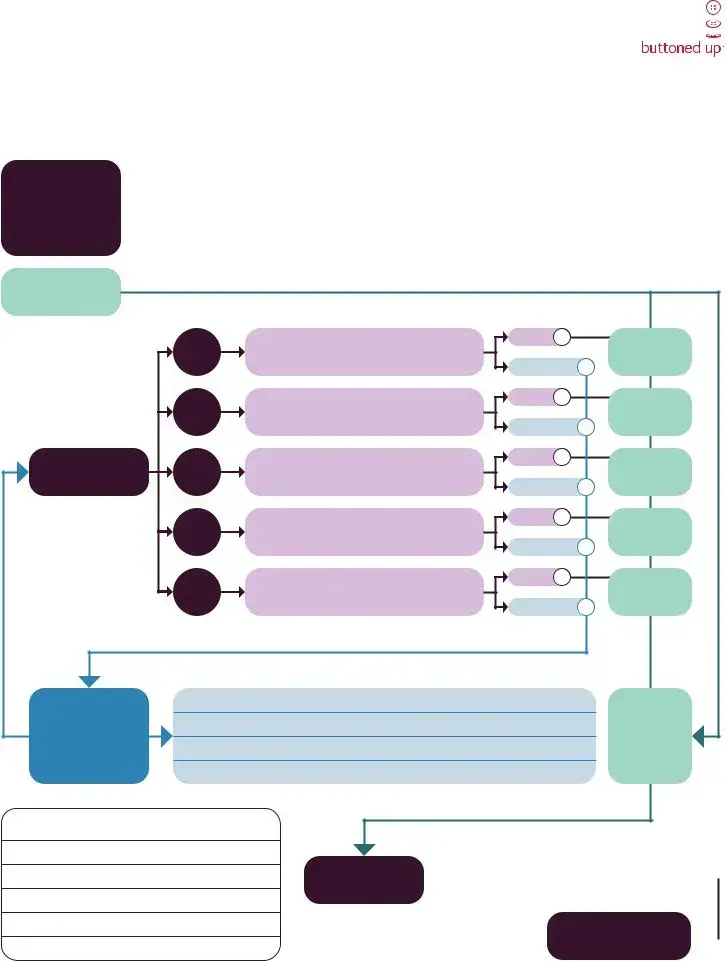What is the purpose of the Goal form?
The Goal form is designed to help individuals articulate their goals clearly and create a structured plan to achieve them. It emphasizes breaking down a larger objective into manageable mini tasks, making it easier to stay on track. Moreover, it encourages proactive planning for potential challenges, ensuring that setbacks do not derail progress.
How can breaking goals into mini tasks help?
Breaking goals into mini tasks simplifies the process and makes large objectives feel more attainable. It allows individuals to focus on small, actionable steps rather than feeling overwhelmed by the bigger picture. In turn, completing these mini tasks can build momentum and boost motivation, leading to a greater likelihood of achieving the overall goal.
What should I do if I encounter a slip-up while working towards my goal?
Slip-ups are a natural part of any goal-setting journey. The Goal form includes a section for planning ahead for these inevitable moments. It is advisable to reflect on what caused the slip-up and develop a strategy for addressing it. This proactive approach can help mitigate feelings of defeat and keep you moving forward.
Can I use the Goal form for any type of goal?
Yes, the Goal form is versatile and can be used for various types of goals, whether they are personal, professional, or related to health and wellness. The key is to clearly define the goal and adjust the mini tasks accordingly to suit your individual needs. This adaptability makes it a valuable tool for anyone looking to achieve their aspirations.
What role do rewards play in the Goal form?
In the Goal form, planning a reward for achieving certain milestones serves as motivation. Rewards reinforce positive behavior and celebrate progress, no matter how small. This acknowledgment can enhance commitment to the goal and contribute to a more enjoyable experience throughout the journey.
How can I effectively track my progress using the Goal form?
The Goal form includes designated spaces to indicate the status of tasks, allowing you to easily track what has been completed ("done") versus what is not yet finished ("not done"). This visual representation can help maintain focus and provide a sense of accomplishment as you check off completed tasks along the way.
Is there any guidance on setting realistic goals with the Goal form?
While the Goal form does not contain specific instructions on setting goals, it encourages you to be honest and practical. Consider factors like available resources, time commitments, and personal capacity when defining your goals. Setting realistic expectations will help you stay committed and reduce the risk of frustration during your journey.





 next goal!
next goal! 